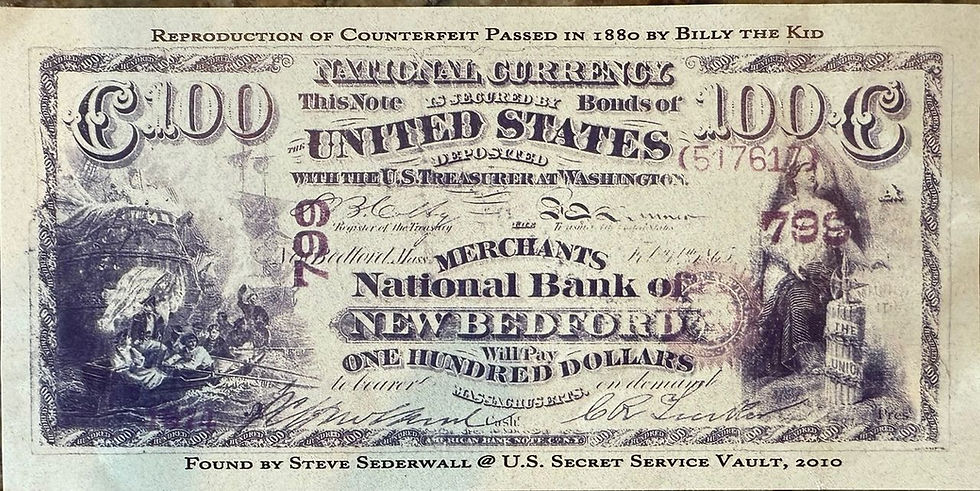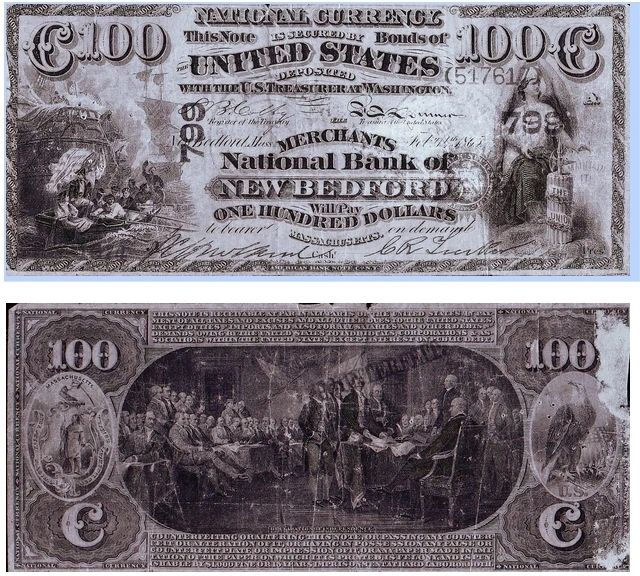"You can go to hell, hell, hell!"
- jeremiahslatten
- Aug 4, 2024
- 3 min read
Updated: Sep 24
By Ben Doss
Ben is a renowned historian specializing in the life and legend of Billy the Kid. With a deep passion for the American West, he has authored numerous articles that explore the intricate details of Billy the Kid's life, separating fact from fiction. Ben's expertise in the field has earned him a prominent position on the Board of Directors for the Billy the Kid Historical Coalition, where they contribute to preserving and promoting the true history of Billy the Kid. Residing in Washington state, Ben continues to research and write, bringing new insights into one of the West's most iconic outlaws.

Art by joseph Lopez
Arthur Chapman was an early twentieth-century poet and journalist, born on June 25, 1873, in Rockford, Illinois. By the mid-1890s, Chapman was working as a reporter for the Chicago Daily News. He became known for writing a subgenre of poetry called "Cowboy poetry," which centered on the enduring fascination and romanticism of the American West. Eventually, Chapman left Chicago for Denver, where he took a position as the literary editor and columnist for the Denver Republican.
In 1905, while working in Denver, Chapman penned an article titled "Billy the Kid, A Man All Bad." Like many articles of its time, this piece portrayed Billy the Kid with fictional embellishments. The article's opening paragraph stated, "It is one of the anomalies of Western life that a pale, slender, high voiced, light-haired, and altogether effeminate individual named William Antrim, sometimes called Billy Bonney, and generally known as Billy the Kid, should be the worst desperado in frontier history. Yet, considering the so-called 'bad men' of the West, his name must stand forth as the superlative of badness."

The article included a fabricated story claiming that Billy killed William Mathews (Jacob B. "Billy" Mathews) after escaping from Lincoln in 1881. In reality, Mathews was working as a postmaster in Roswell when he died of pneumonia on June 3, 1904—just one year before Chapman’s article was published. Additionally, Chapman asserted that Billy killed three Mexicans "just to see them kick," an anecdote that has been attributed to other
Lincoln County outlaws, such as Marion Turner and Bob Olinger.
Despite being laced with misinformation and dime-novel sensationalism, Chapman's article significantly contributed to the legend of Billy the Kid. It was Chapman who created the fictional dialogue attributed to Judge Bristol: "And you are sentenced to be hanged by the neck until you are dead, dead, dead!" This was followed by Billy's defiant response, "And you can go to hell, hell, hell!" As many know, this exchange was later used in the 1990 film Young Guns II. While it added to Billy’s legendary persona, the exchange is not historically accurate. On April 13, 1881, before being sentenced, Judge Bristol asked Billy if he had anything to say. According to court clerk George W. Bowman, Billy stood "silent and contemptuously."

Sources:
Arthur Chapman, "Billy the Kid, A Man All Bad," The Indiana Democrat, May 31, 1905.
Bill Reynolds, "Out West: An Enduring Western Poem," The Western Horseman, June 01, 2020.
Santa Fe Daily New Mexican, April 19, 1881.
James B. Mills, "Billy the Kid: El Bandido Simpatico."




Comments